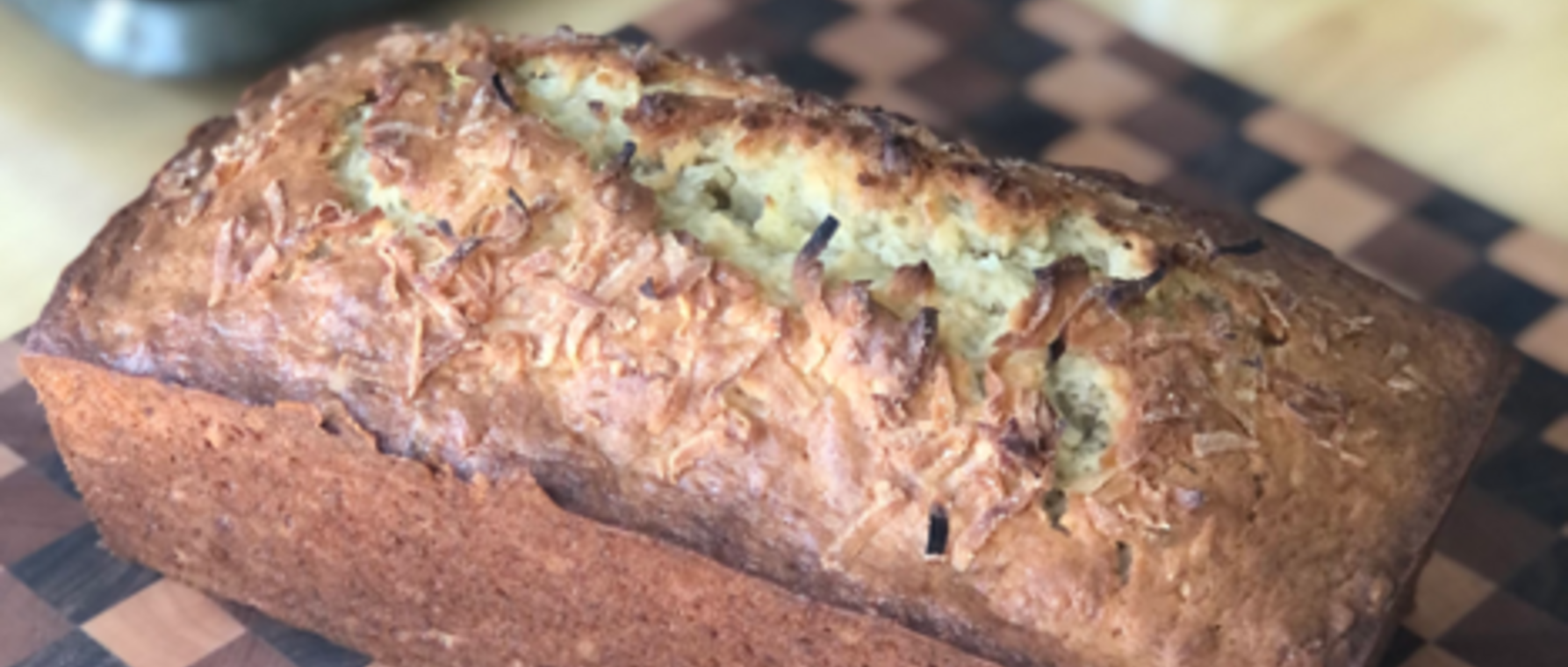Clear Your Head, Bake Banana Bread
Notes From a Writer's Desk

When writing the dissertation, some days you may find yourself on a roll. Your brain is cooking, the word count is growing, the argument is flowing. Other days, you may find yourself stuck, unable to structure a section or even string together a cohesive sentence, leading to that dreaded moment of clarity when you think of your project as a whole and become frozen in place mentally and, sometimes, physically. On those days, one often looks for and finds an excuse to step back from the work at hand and embrace a worthwhile distraction, though sometimes this distraction can make you feel worse, like you did not accomplish your goal for the day. We have all been there. You are not alone. During the pandemic, I seized upon the opportunities of these moments to immerse myself in a pair of hobbies that proved to be mentally invigorating and helped me reorient my thoughts regarding the dissertation process.
The first hobby I embraced was woodworking. After I had reacquainted myself with the tools of the trade, my first major project was a triple-checker end-grain cutting board that my wife and I could use. The process of making the cutting board—a sequence that boils down to cutting, gluing, sanding, cutting, gluing, and sanding—helped me appreciate the finer organizational skills and the patience needed for managing a project as monumental as a dissertation. As with a cutting board or a piece of furniture, the process of writing a dissertation can be compartmentalized into a series of discrete tasks, each one building onto the next and ultimately resulting in a finished product one can be proud of. The bumps along the way are smoothed out with creative problem-solving. That is what we all envision, or at least hope, the dissertation process will be.
The second hobby I embraced was baking. As with woodworking, baking requires that we follow a planned-out sequence of steps—a drawn out way of saying “recipe”—that when done correctly, or at least within a margin of error, results in an end product that you can take pride in. Anyone who has baked a cake for a friend, enjoyed their grandmother’s homemade chocolate chip cookies, or just watched an episode of the Great British Bake-Off can attest to this. Baking, however, has an added benefit over woodworking—when you are done, you get to eat what you made. (For those wondering: softwoods are usually chewier than hardwoods, but they are both bad for your teeth.) Now, baking also has the added benefit of requiring fewer tools and less capital investment to get into, so today I have opted to suggest baking as a worthwhile distraction and a means of clearing one’s head when faced with that dreaded moment of clarity. Specifically, I would like to suggest baking banana bread, a somewhat seasonally appropriate, tasty treat that lets you finally use those overripe bananas in your kitchen that have not-so-subtly marked the inevitable march of time as you have been writing.
This weekend, I sought out a straightforward and accessible recipe to test with the hope of sharing it with you all. I settled on the recipe from Mark Bittman’s How to Cook Everything Vegetarian: Simple Meatless Recipes for Great Food. As you can see from the photo (featuring the aforementioned cutting board), it turned out great, and it was quite delicious. I have reproduced the recipe below, and I encourage all of you to try it out the next time you find yourself with a surplus of overripe bananas and need an extra reorienting, non-academic distraction in your life. Happy Baking!
Bittman’s Basic Banana Bread
Makes: 1 loaf
Time: About 1 hour, largely unattended
Ingredients:
- 8 tablespoons butter (1 stick), melted, plus some extra softened butter for greasing
- 2 cups all-purpose flour
- 1 cup sugar
- 1 ½ teaspoons baking powder
- 1 teaspoon salt
- 3–4 very ripe bananas, mashed with a fork until smooth
- 2 eggs
- 1 teaspoon vanilla extract
- ½ cup chopped walnuts or pecans (optional)
- ½ cup shredded coconut (optional)
Directions:
- Heat oven to 350°F. Grease a 9 x 5-inch loaf pan. Whisk the flour, sugar, baking powder, and salt together in a large bowl.
- Mix the melted butter and bananas together in a medium bowl. Beat in the eggs and vanilla until well combined. Stir the wet ingredients into the dry ingredients just enough to combine everything. Gently fold in the nuts and coconut if you’re using them.
- Pour the batter into the prepared pan. Bake for 50 to 60 minutes, until the bread is golden brown and a toothpick inserted in the center of the bread comes out almost entirely clean. Cool in the pan on a rack for 15 minutes, then carefully turn it upside down to release the loaf. Serve warm or at room temperature. Or wrap and keep at room temperature for up to a couple of days.
Ready to book an appointment with FWC staff? Access the FWC intake form.
Get the Latest Updates
Join Our Newsletter
Subscribe to Colloquy Podcast
Simplecast





